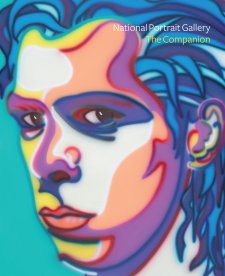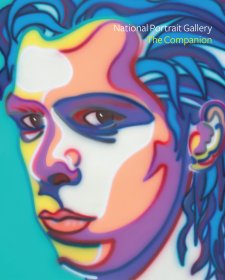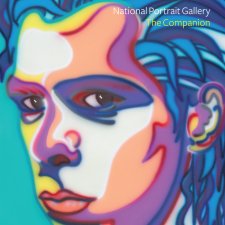- About us
- Support the Gallery
- Venue hire
- Publications
- Research library
- Organisation chart
- Employment
- Contact us
- Make a booking
- Onsite programs
- Online programs
- School visit information
- Learning resources
- Little Darlings
- Professional learning
Phillip Noyce AO (b. 1950), director, was part of the first student intake at the Australian Film and Television School in 1973. As a student he became known for his outspoken short films. His first full-length film was the 16mm Backroads (1977), an indictment of Australia's treatment of Aboriginals made in collaboration with the activist Gary Foley. Newsfront (1978), Noyce's first 35mm feature, won an AFI for best picture. His follow-up films included Heatwave (1982) and Dead Calm (1989), which alerted Hollywood to the talents of Noyce and his young star, Nicole Kidman. Relocating to the U.S., Noyce directed such movies as the Harrison Ford thrillers Patriot Games (1992) and Clear and Present Danger (1994); the Sharon Stone vehicle Sliver (1993); The Saint (1997) and The Bone Collector (1999). In 2001 he returned to Australia to re-engage with Aboriginal issues in Rabbit-Proof Fence (2001), which won him another best picture AFI. The Quiet American (2002) followed. Noyce currently has two films and two television series in the pipeline.
Purchased 2005
© Karin Catt



On one level The Companion talks about the most famous and frontline Australians, but on another it tells us about ourselves.



Australian photographer Karin Catt has shot across the spectrum of celebrity, her subjects including rock stars, world leaders and actors.



The exhibition Australians in Hollywood celebrated the achievements of Australians in the highly competitive American film industry.